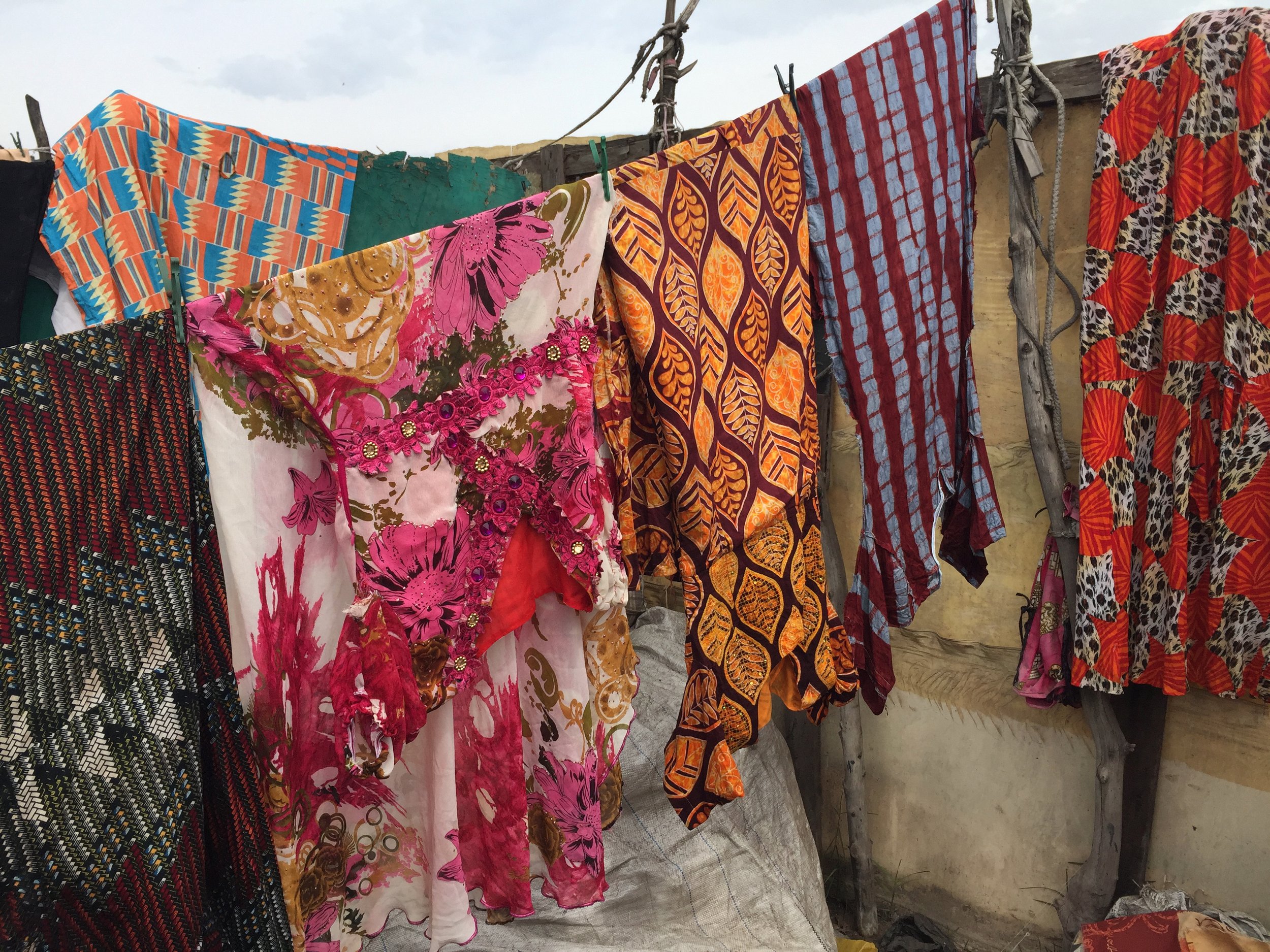An analytical framework and tool (‘InteRa’) for integrating the informal recycling sector in waste and resource management systems in developing countries
Abstract: In low- and middle-income developing countries, the informal (collection and) recycling sector (here abbreviated IRS) is an important, but often unrecognised, part of a city’s solid waste and resources management system. Recent evidence shows recycling rates of 20–30% achieved by IRS systems, reducing collection and disposal costs. They play a vital role in the value chain by reprocessing waste into secondary raw materials, providing a livelihood to around 0.5% of urban populations. However, persisting factual and perceived problems are associated with IRS (waste-picking): occupational and public health and safety (H&S), child labour, uncontrolled pollution, untaxed activities, crime and political collusion. Increasingly, incorporating IRS as a legitimate stakeholder and functional part of solid waste management (SWM) is attempted, further building recycling rates in an affordable way while also addressing the negatives. Based on a literature review and a practitioner’s workshop, here we develop a systematic framework—or typology—for classifying and analysing possible interventions to promote the integration of IRS in a city’s SWM system. Three primary interfaces are identified: between the IRS and the SWM system, the materials and value chain, and society as a whole; underlain by a fourth, which is focused on organisation and empowerment. To maximise the potential for success, IRS integration/inclusion/formalisation initiatives should consider all four categories in a balanced way and pay increased attention to their interdependencies, which are central to success, including specific actions, such as the IRS having access to source separated waste. A novel rapid evaluation and visualisation tool is presented —integration radar (diagram) or InterRa—aimed at illustrating the degree to which a planned or existing intervention considers each of the four categories. The tool is further demonstrated by application to 10 cases around the world, including a step-by-step guide.
View list of all: Journal Articles
Go to Publication(this link opens in new window)